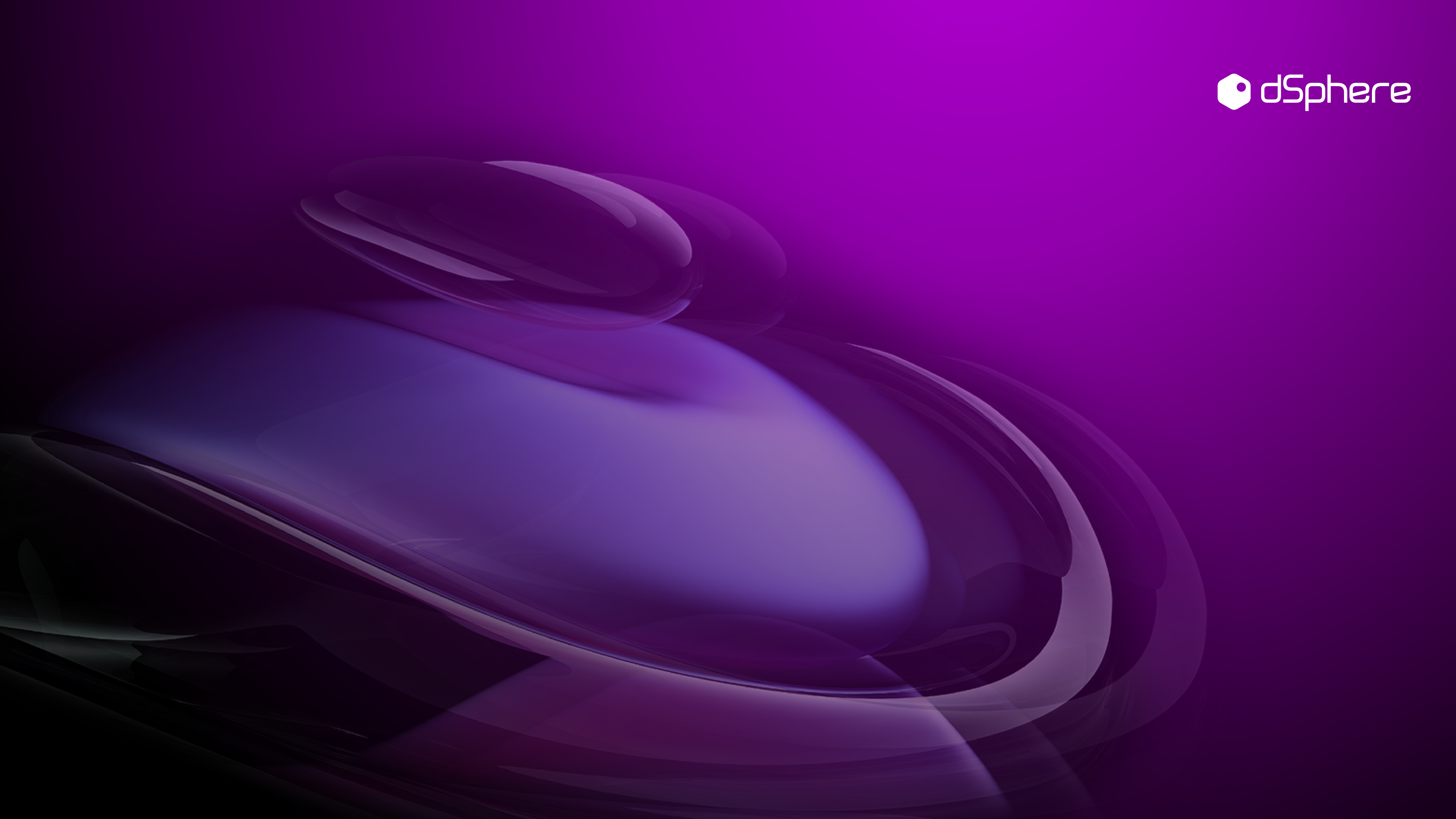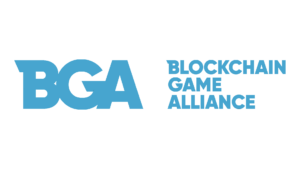6 Things to Know When Developing an NFT Marketing Strategy

Thanks to auctions that have fetched millions and adoption by mainstream brands, non-fungible tokens (NFTs) have gone from obscure digital curiosity to full-fledged marketing trend virtually overnight. Although some marketing trends flame out as quickly as they appear, it would be a mistake to assume this will be true of NFT marketing. But what’s the best way to develop an NFT marketing strategy? Read on to find out.
What are NFTs?
NFTs are digital assets (think photos, videos, audio files) that can be bought and sold, just like a “real world” (non-digital) asset. But unlike most digital assets, NFTs cannot be altered and have certificates of authenticity that are stored on the blockchain. Fungible is defined by Merriam-Webster as “something (such as money or a commodity) of such a nature that one part or quantity may be replaced by another equal part or quantity; capable of mutual substitution (interchangeable).” Therefore, non-fungible means it is completely unique and cannot be changed, duplicated, or exchanged.
Are NFTs right for your brand?
Despite the hype and activity around NFTs, we’re clearly still in the early innings of this technology. Therefore, there is not a tried and true “playbook” on how to incorporate NFTs into your marketing. But think of that as an opportunity and not a barrier. Brands are finding unique and engaging ways to build marketing campaigns around NFTs, and in the process, many are being rewarded for positioning themselves as innovative and progressive.
This is reason enough for savvy marketers to begin experimenting with NFT marketing. Think back to the early days of the internet and the rudimentary web experiences that popped up. Trial and error played a big role in determining optimal marketing strategies and consumer experiences. NFT marketing will be no different, and smart marketers should begin experimenting sooner rather than later.
What types of customers engage with NFT marketing programs?
As with most new technologies and markets, the answer here is fluid. But generally, it is safe to say that the NFT market is typified by a younger, tech-savvy audience with higher HHI and disposable income. Colormatics pegs the NFT audience as largely aged 18-24, living in urban tech centers (urban), and interested in collecting and/or investing. But like other early adopter marketing, campaigns geared to these audiences communicate a leadership message and can appeal to adjacent audiences. There’s a reason brands like Marriott, Coke, Nike, Adidas, and Ralph Lauren have all launched NFT marketing strategies.
What NFT marketing strategies have been used so far?
Let’s take a look at some tried and true marketing objectives and how NFTs are being used to reimagine them.
Digital Collectibles
Much of the early activity around NFTs involves the creation of digital collectibles. It’s a perfect entry point for brands looking to get involved — look to create your own collection that is relevant to your brand and that captivates your customer.
A great example of an NFT collection that had relevance to the brand was released by the Campbell Soup Company in summer 2021. Of course, Campbell’s Soup has a long association with art, dating back to the iconic Andy Warhol soup can series. In concert with the release of a new can design, Campbell’s released a collection of 100 Campbell’s authenticated NFT art pieces titled “AmeriCANa — SOPHIA CHANG X CAMPBELL’S.” Created by celebrated street artist Sophia Chang, the NFTs were made available for purchase via NTWRK with proceeds benefiting Feeding America, a long-standing partner with Campbell in fighting food insecurity.
While most examples of brands releasing their own NFT collections involve making NFTs available for purchase, another marketing approach to consider is creating a giveaway. Clinique did just that with its first foray in the space with the release of a limited edition NFT set called “MetaOptimist.” Instead of setting up the NFTs for sale, Clinique ran a competition to give away three NFTs to members of its Smart Rewards program who shared stories of optimism and hope for the future on social media. In addition to NFTs, winners also received free complimentary physical products. Clinique’s execution gets high marks for not merely creating excitement in the brand but also tying in its loyalty marketing program.
Engagement/Building Community
NFT programs can help marketers develop unique programs that generate ongoing interest in a brand. Creating buzz is always a core objective of marketing teams and one of the best examples here was the creation of NBA Top Shot. NBA Top Shot works like trading cards, but rather than static images, the NFTs feature iconic video highlights from NBA history. Sports memorabilia and collectibles have always been a key part of the sports landscape. NBA Top Shot reimagines collecting for the digital age.
Unlike some NFT releases that are “one and done,” NBA Top Shot has created a large community that continually engages with each other and looks for new releases. And as great as this program has been for fan engagement, the NBA has also created an immense new revenue stream. It’s reported that NBA Top Shot has generated an incremental $980+ million for the NBA!
Expand Audience Reach
As discussed earlier, NFTs are particularly relevant to a younger, tech-savvy, and affluent market…which is perhaps not what immediately springs to mind when picturing the audience for Bicycle playing cards.
But Bicycle turned that perception on its head with the release of its NFT “Genesis Collection” featuring the brand’s iconic cards transformed 1,000 years into the future by artist Adrian Valenzuela. Bicycle’s NFT marketing strategy goes beyond the release of the NFT to real-world perks, including access to exclusive events, presales and whitelists of future Bicycle NFTs, thus creating a virtual elite club of Bicycle collectors.
Raise money for charity
Done right, charitable giving has always been something that puts a brand in consumers’ good graces. With this in mind, Coca-Cola made its first foray into NFT marketing with the release of NFT collectibles that raised more than $575K for Special Olympics International. And, as seen in many successful NFT marketing strategies, Coke wove in a real-world tie to the digital release, with the winning bidder also receiving a fully-stocked Coca-Cola refrigerator.
Drive pre-orders
Getting consumers to pony up in advance of a product release is a major focus of marketers. It is hard to imagine a more successful pre-sale program than one executed by author and entrepreneur Gary Vaynerchuk for his book, Twelve and a Half: Leveraging the Emotional Ingredients Necessary for Business Success. The book recorded more than a million pre-sales in one day, making it one of the largest pre-orders in book publishing history. And NFTs drove the program. Vaynerchuk’s NFT offering worked as follows: for every 12 copies of the book you purchased, you would receive a free NFT. Vaynerchuk had released an NFT collection earlier in the year, with select pieces in it selling for more than $1 million, so there was plenty of interest from the community.
What lessons can marketers take away from these campaigns?
Hopefully, what you’ve learned so far is that early NFT marketing strategies are marked by experimentation. It’s exciting to see so many highly creative NFT programs implemented but it’s too early to really know which ones are providing the biggest ROI. So one takeaway is that the NFT market will continue to evolve and iterate.
Another insight to keep in mind is that, like a lot of new technologies, the world of NFTs and the blockchain brings its own unique vocabulary, slang, and acronyms. It’s not difficult to imagine a marketer new to NFTs trying a little too hard to “fit in” and writing some cringeworthy ad or social media copy. So go slow, and take the time to learn how to Speak NFT.
How can I begin to get an NFT marketing strategy in place?
NFTs have the potential to drastically change how people interact with their favorite brands (online and offline) and exchange their experiences within virtual worlds. Brands must prepare themselves to enter this new era where NFTs are used as currency between users – a new universal language in the metaverse. dSphere has a multi-level solution for brands looking to enter the world of NFTs. Are you a brand looking to explore the potential of NFT technology? Let’s talk.










Leave A Comment